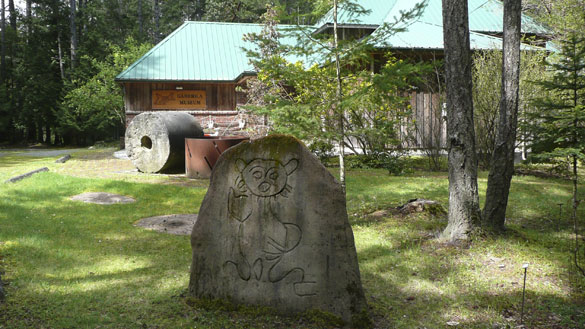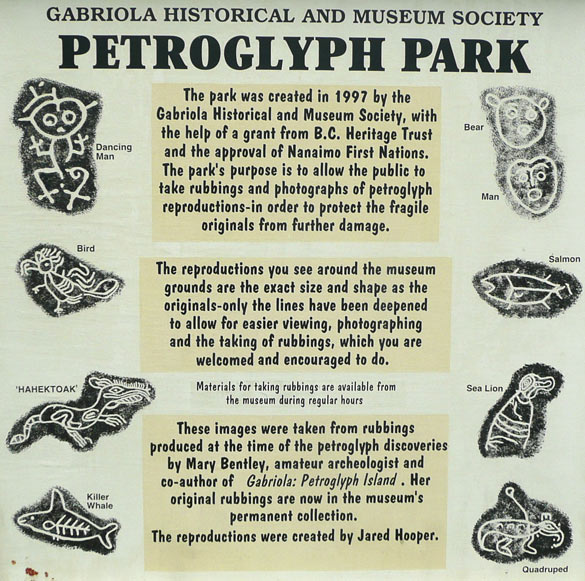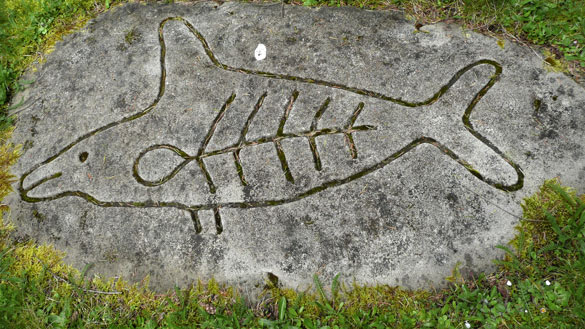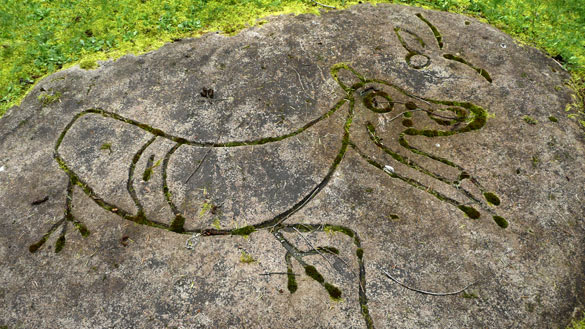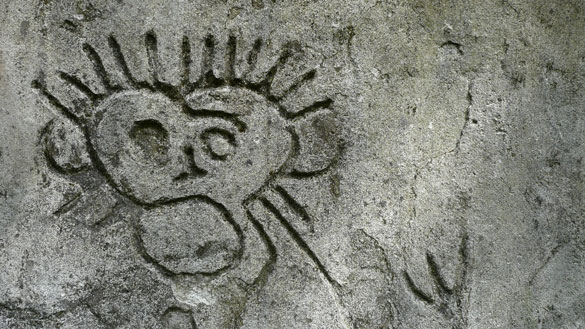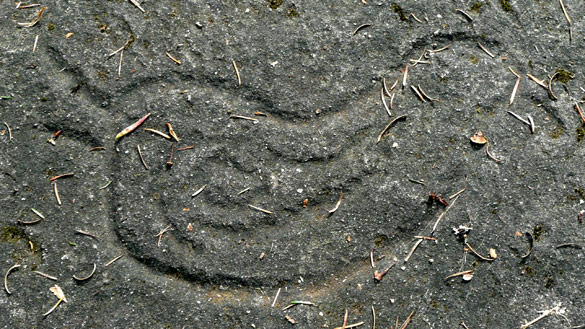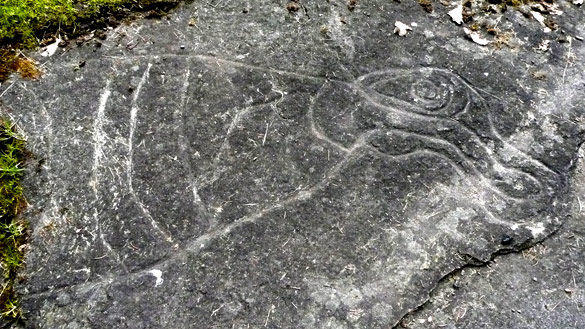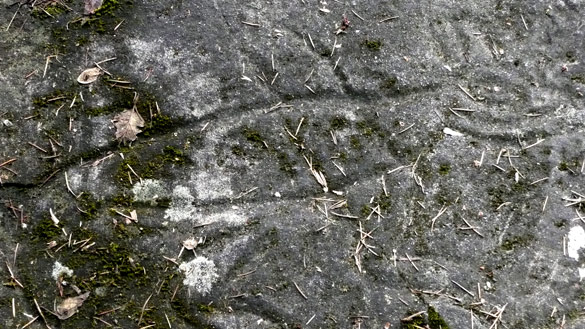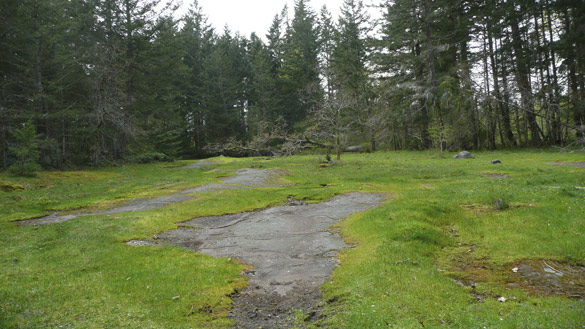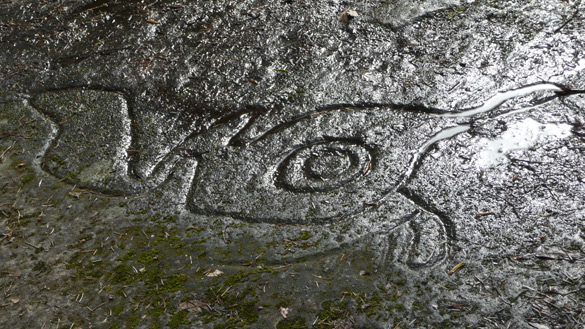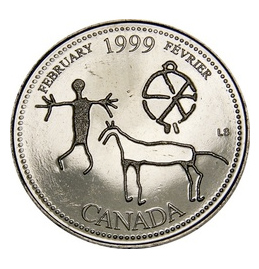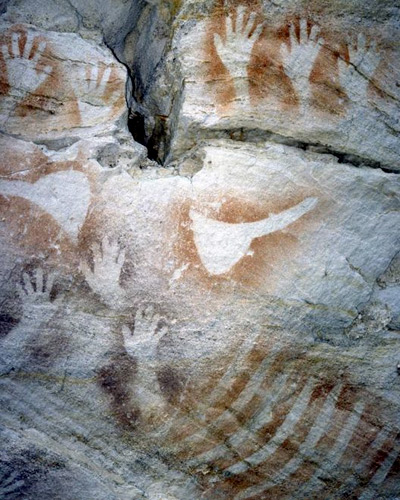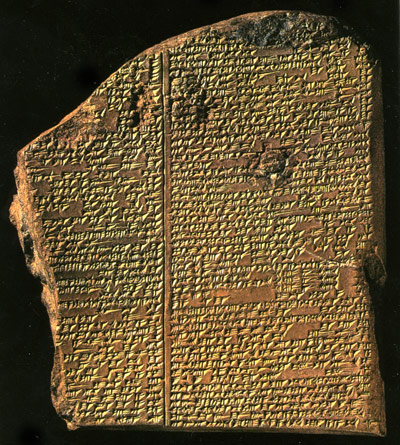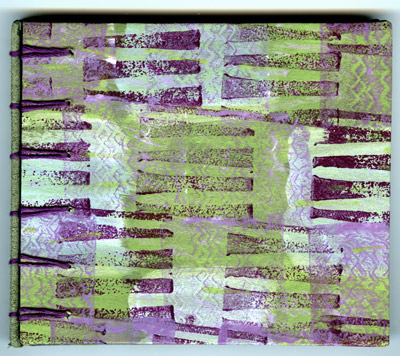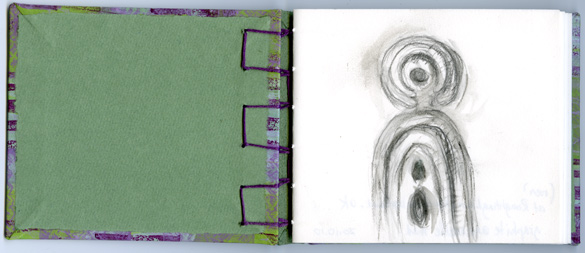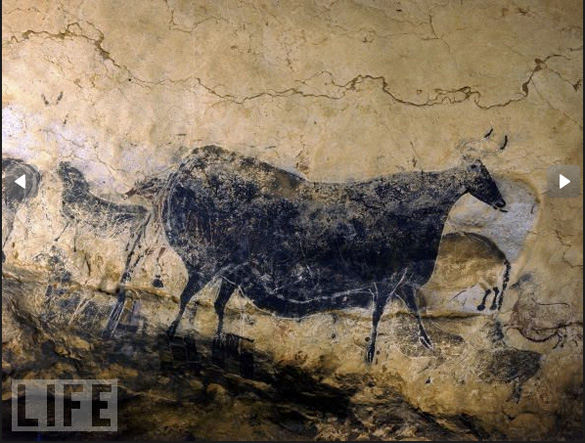Finnish rock art exhibition
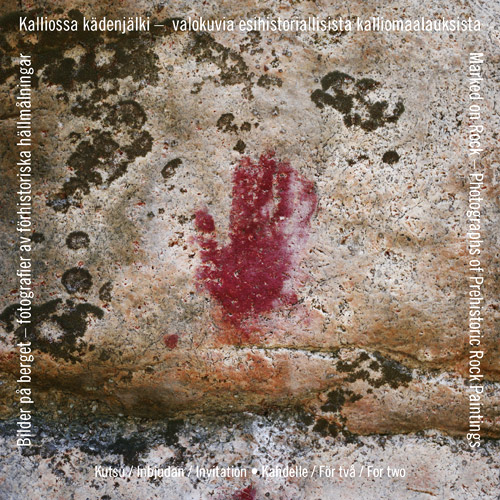
I am delighted to have received an invitation to Ismo Luukkonen’s exhibition Marked on Rock – Photographs of Prehistoric Rock Paintings at the National Museum of Finland in Helsinki. The exhibition is open June 16th to September 18th, 2011. More information and a few photos here.
I know Ismo has photographed rock art in many countries so I queried about it and he confirmed to me that all the photos in this exhibit are of prehistoric rock paintings located around different areas of Finland. Do check out Ismo Luukkonen’s extensive website, especially the Finnish pictographs.
This is a subject close to my heart on many levels so I’m sad that I will not be able to be there for the opening and meet the photographer, nor is it likely that I’ll see the exhibition during its long run (unless the goddess of rock art waves a magic wand and a plane ticket in my direction).
My congratulations and best wishes to Ismo Luukkonen on this exhibition. I hope some of my Finnish readers and anyone else who may be in Helsinki will visit the exhibition and share impressions and photos!
Related: Previous posts about Ismo Luukkonen and his work in July 2004, February 2005, and most recently February 2011.
